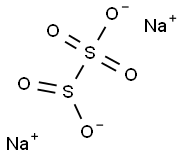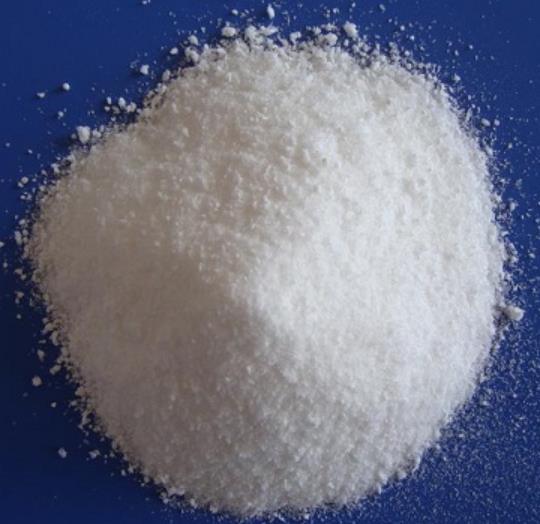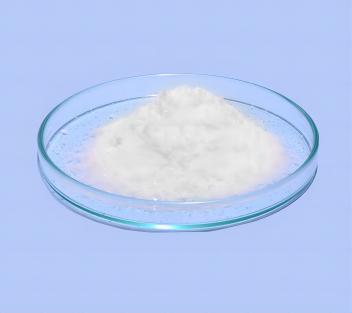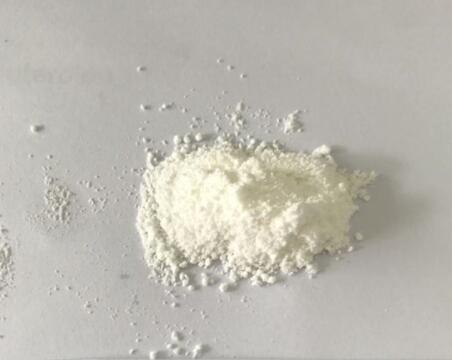a challenging allergen:sodium metabisulfite
General description
Sodium metabisulfite appears as a white crystalline or powder solid with a slight sulfur odor. Toxic by inhalation. Sodium disulfite is an inorganic sodium salt composed. of sodium and disulfite ions in a 2:1 ratio. It has a role as a food antioxidant. It contains a disulfite.
Application and Pharmacology
Sodium pyrosulfite is a widely used inorganic chemical raw material, which is widely used in medicine, rubber, printing and dyeing, tanning, chemical industry and other fields. The pharmaceutical industry is used for the purification of chloroform, phenylpropanesulfone and benzaldehyde, the rubber industry is used as coagulant, the printing and dyeing industry is used as dechlorination agent after cotton bleaching, cotton scouring assistant and mordant for printing and dyeing, and the tanning industry is used for leather treatment, which can make the leather more soft, plump, tough, waterproof, folding resistant, the chemical industry is used to produce hydroxyvanillin, hydroxylamine hydrochloride, etc., and the photosensitive industry is used as developer, etc.
1.Among these agents sodium metabisulphite (SMB) is usually employed as a source of sulphur dioxide in applications where the handling of liquefied gas is inconvenient. It is moreover added to local anaesthetic solutions containing adrenaline, as its antioxidant property prevents oxidation of adrenaline itself, to topical medicaments, and eye drops containing sympathomimetics[1].
2.Both hydrothermal treatment and wet preservation of mainly deoxynivalenol (DON)-containing, Fusarium toxin (FUS)-contaminated cereal grains with sodium meta- bisulfite (Na2S2O5[SBS]) were successfully demonstrated to reduce the DON contamination through formation of the sulfonated derivative of DON, termed as DON sulfonate (DONS). The wet preservation is particularly interesting from a practical viewpoint as it can be easily performed at the farm level where the cereal grains are harvested and utilized in pig feeding. This review compiles the literature with regard to the chemical characterization and the detection of DONS, technical procedures and their efficacies, toxicological aspects and toxic effects of DON, DONS and SBS, and detection of DONS, DON and further metabolites in physiological specimens of pigs[2].
Synthesis
1 dry production process [2] mix soda ash and water evenly according to a certain molar ratio, put them into the reactor, then feed SO2, take them out and crush them to obtain the finished product after the reaction is complete. Due to the backward process, low product purity, high energy consumption and unstable quality, this method can not be applied in industrial production, so it will not be described in detail here.
2 wet production process [2] add a certain amount of soda ash into the sodium bisulfite solution to make the suspension of sodium bisulfite, which will react with SO2 gas. When the product sodium pyrosulfite reaches a certain concentration, it will crystallize and precipitate. After centrifugation and drying at 250 ~ 300 ℃, the finished product is prepared. Principle: (1) when SO2 gas is introduced into sodium carbonate solution, the pH value will gradually decrease with the progress of the reaction. When the pH reaches 4.1, sodium bisulfite solution will be generated;(2)Adding a certain amount of sodium carbonate to sodium bisulfite solution and adjusting the pH of the solution to 7 ~ 8 can form sodium bisulfite suspension; (3) continue to inject SO2 into the sodium sulfite suspension for reaction until the pH value is 4.1, and then generate sodium bisulfite solution; (4) when the content of sodium sulfite in the solution reaches the supersaturated concentration, sodium pyrosulfite crystals will be precipitated. The total reaction formula of reaction process is[3]:
Figure 1 The total reaction formula of reaction process
Safety
Allergic contact dermatitis caused by sodium metabisulfite: a challenging allergen. Sulfites, preservatives and antioxidants used in the cosmetic, pharmaceutical and food industry are contact allergens whose relevance seems to be difficult to establish. To perform a retrospective study on patients patch tested with a sulfite. Between 1990 and 2010, 2763 patients were patch tested with sodium metabisulfite. The reactions were considered to be relevant if there was a clear relationship between the dermatitis and sulfite exposure. One hundred and twenty-four (4.5%) of 2763 patients patch tested positively to sodium metabisulfite. The most frequent localizations of the lesions were the face (40.3%) and the hands (24.2%). Six patients also reported systemic symptoms. Thirteen cases (10.5%) were occupational, 10 of them presenting with hand eczema. Sodium metabisulfite was the single allergen found in 76 cases (61.3%). The reactions were considered to be relevant in 80 cases (64.5%), of which 11 were occupational. Allergic contact dermatitis caused by sulfites is frequent and often relevant. One should be aware of possible relevant sources of exposure, particularly in occupational settings such as hairdressing and the food industry, and in pharmaceutical and cosmetic products. Patch testing with sodium metabisulfite, which seems to be the best indicator for sulfite contact allergy, is also useful in cases of immediate reactions to sulfite-containing products[4].
References
1.Vitaliti G., Guglielmo F. & Giunta L. et al., "Sodium metabisulphite allergy with multiple food and drug hypersensitivities in a five-year-old child: A case report and literature review," Allergologia et Immunopathologia, Vol.43, No.1(2015), pp.106-108.
2.Dänicke S., Kersten S. & Valenta H. et al., "Inactivation of deoxynivalenol-contaminated cereal grains with sodium metabisulfite: a review of procedures and toxicological aspects," Mycotoxin Research, Vol.28, No.4(2012), pp.199-218.
3.Cao Liqiang, Pei qunling, sun yuezong, et al. "Discussion on process control of sodium pyrosulfite production by hydrogen sulfide combustion method", China Petroleum and chemical industry standards and quality, No. 22, 2020, pp. 181-183.
4.García-Gavín J., Parente J. & Goossens A., "Allergic contact dermatitis caused by sodium metabisulfite: a challenging allergen. A case series and literature review," Contact Dermatitis, Vol.67, No.5(2012), pp.260-269.
You may like
Related articles And Qustion
See also
Lastest Price from Sodium metabisulfite manufacturers
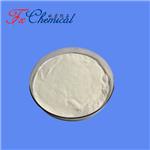
US $0.00/KG2025-04-21
- CAS:
- 7681-57-4
- Min. Order:
- 25KG
- Purity:
- 98%min
- Supply Ability:
- 30tons/month
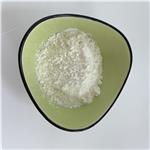
US $1.00/KG2025-04-21
- CAS:
- 7681-57-4
- Min. Order:
- 1KG
- Purity:
- 99%
- Supply Ability:
- 10mt
